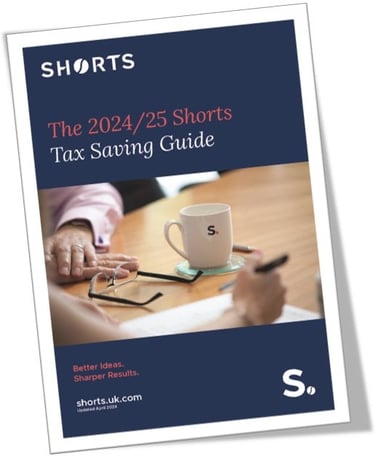
When businesses seek funding, they often focus on selling the vision: the market opportunity, the management team, the product, etc. Funders will be unmoved by these factors alone; they want to see the future prospects for the business reflected in the financial modelling. The quality of this information can be the tipping point between funders helping you achieve your business goals or walking away.
How to make your financials fundraising-ready
It starts with the quality of the historic financial information. Does a reputable firm of accountants prepare the statutory accounts? Does the company prepare monthly financial management accounts? Are the management accounts robust, reliable and timely?
The funders’ focus is then on what the future holds based on the financial forecasts/projections:
- Are they realistic?
- Are the assumptions evidence-based and well-reasoned?
- Do they consist of an integrated model (profit and loss, balance sheet and cashflows)?
- Are they monthly for three years?
- Do the cashflows incorporate sufficient headroom for working capital and within month requirements?
- Can they be easily sensitised to show the impact of, for example, any potential increase or reduction in sales or product margin?
- Do they easily show the funders the key information they need?
Using experienced professionals who can guide you through this process is invaluable to your chances of a successful fundraising. They can:
- Challenge (or identify) your assumptions
- Ensure the projections are robustly and accurately compiled
- Advise you on how the forecasts are likely to be perceived by funders
What are the top five errors when preparing financial forecasts?
Being too ambitious
Business ambition is great! Funders want to back a business that is going places. However, does it look realistic if your projections assume everything will be fantastic? The Corporate Finance team at Shorts sees ‘Hockey Stick’ forecasts frequently. Unless there are solid reasons why this has been used as the base forecast, they can lose credibility.
.png?width=978&height=587&name=Hockey%20Stick%20Forecasts%20(1).png)
Lack of detail in cashflow assumptions
A funder wants reassurance that the cash will be sufficient to achieve your plan – they do not want you returning and asking for additional funding in a short time frame. If you want confidence that you are requesting the correct amount, you need an integrated financial model.
This should incorporate a cash flow statement using realistic assumptions on cash generation and working capital movements. Simplistic cashflow assumptions are the quickest way to lose credibility with funders.
Not seeing the forecasts through the funder’s eyes
The forecasts may look good to you, but do they show a plan that works for the funders? Does it give the equity funder the rate of return they require in their preferred timescale? Can the debt funders see cash flows and security to meet their covenant requirements and a payback period in line with their policies?
Not having a solid starting position
This error is basic but happens far too often: have you started the forecast from the latest reliable financial position (i.e., statutory or management accounts)? If not, the whole basis of your forecast is seriously undermined. If you fail to do this correctly, the funder will lose confidence once they begin to examine your forecasts in detail.
Not considering ‘what if’ scenarios
You can always count on a forecast never being 100% accurate! Demonstrating that you have considered a range of possible scenarios and their financial impact in advance of approaching funders is strongly recommended. This not only builds confidence, but also ensures you are asking for the right level of funding. Build a forecast that easily allows for sensitivity analysis.
Why is financial information important to funders?
Fundamentally, it comes down to whether you have a well-run business that is clearly measurable and is strategically planning for the future. It gives funders substantially greater confidence that they can support your business.
It doesn’t matter whether you are an equity provider looking to ensure you are on track to hit your exit valuation or a debt funder wanting to make sure you can repay your debt. They need to know you are modelling what the financial future will look like and considering the impact of any future changes to your base assumptions.
If you are successful in a fundraise, you will now have another stakeholder to report to. Financial reports must be robust and timely, and deliver the information funders need. For the management team, it is also vital for good decision-making.
Are you ready to fundraise?
With our cloud-based technology and specialist forecasting software, Shorts offers the expertise and advice required for either designing and modelling forecasts or reviewing and advising on forecasts that are already in place.
Our Corporate Finance and Genus teams work closely to ensure forecasts can be integrated seamlessly with our tailored management reporting packs, giving business owners the ability to make timely decisions based on reliable information. Our strong relationships with debt and equity funders also help business owners secure the most appropriate funding for their business.
If you would like to find out more about the products and services we offer, please follow the link/contact us.

Tags: Corporate Finance, fundraising


